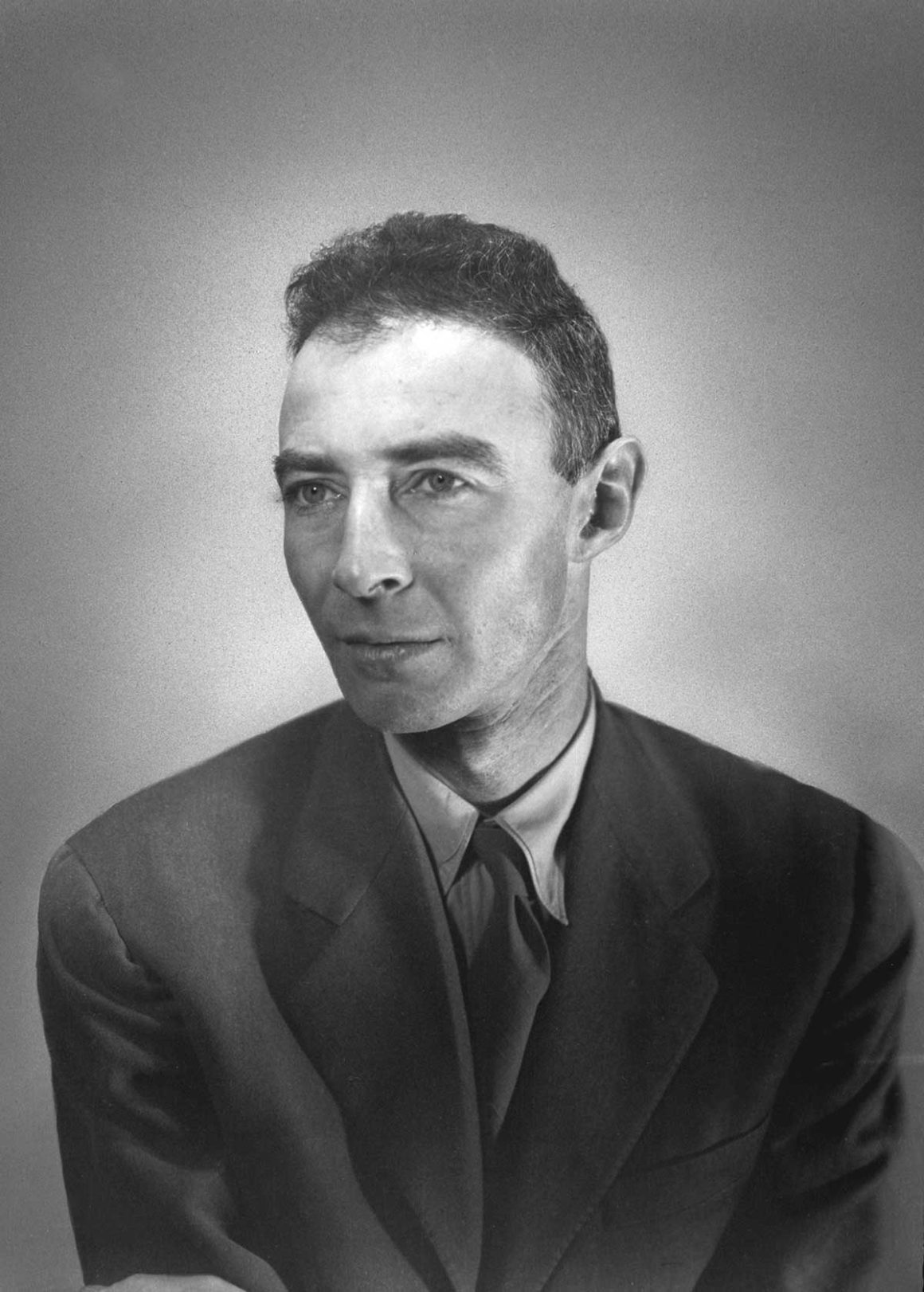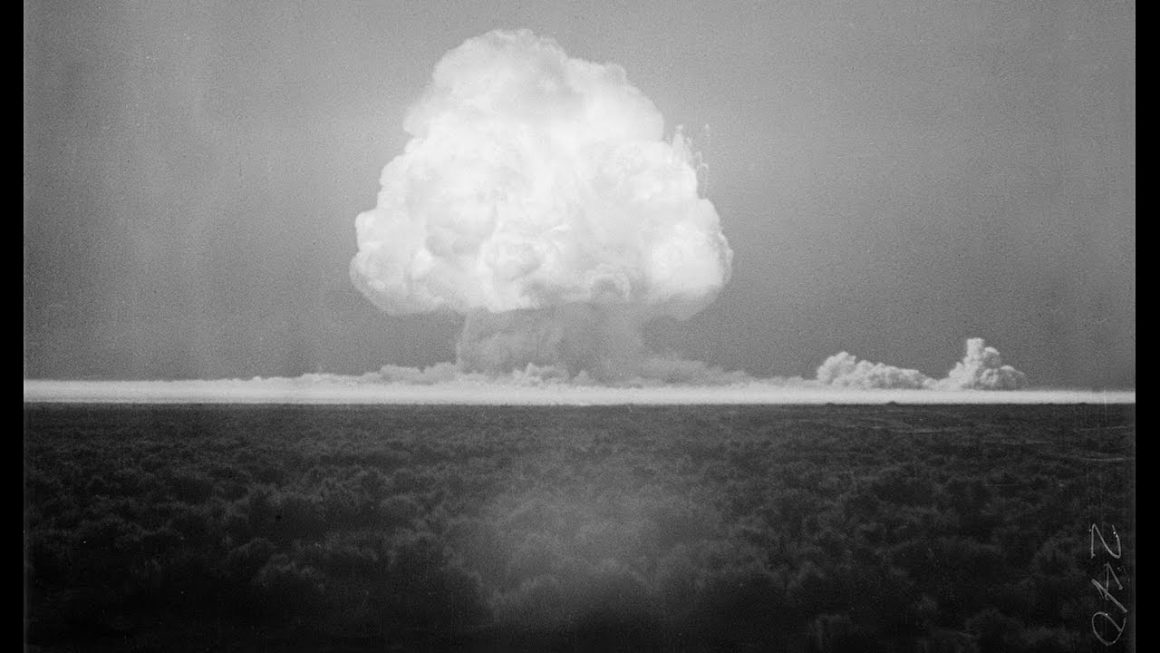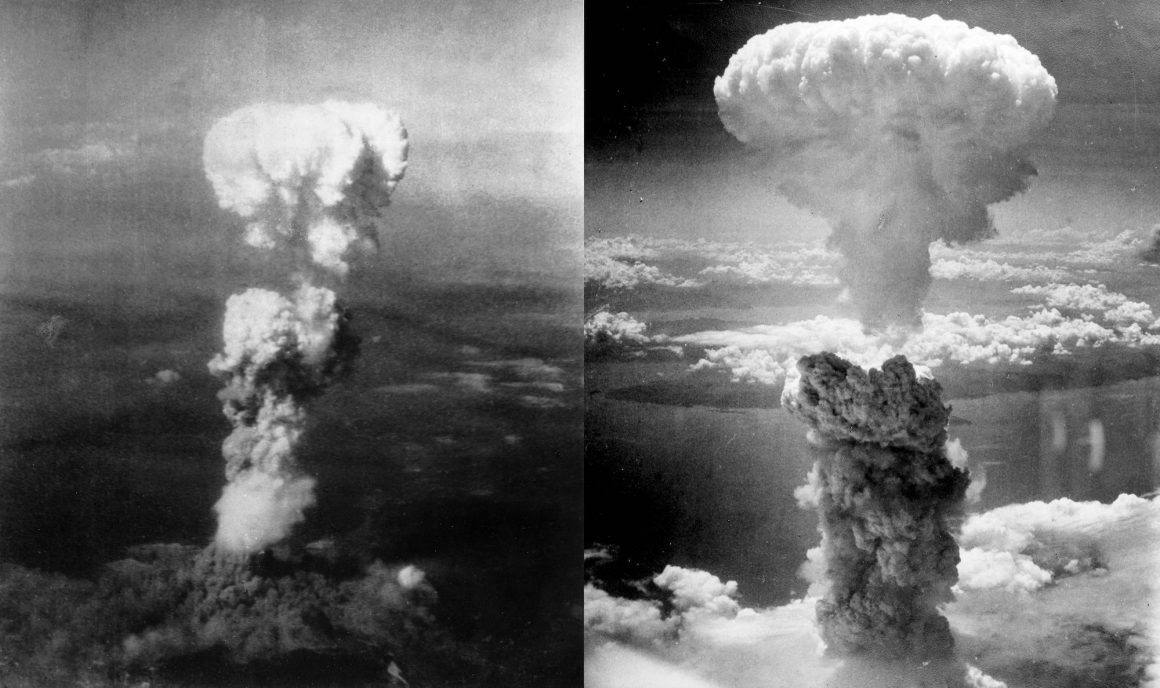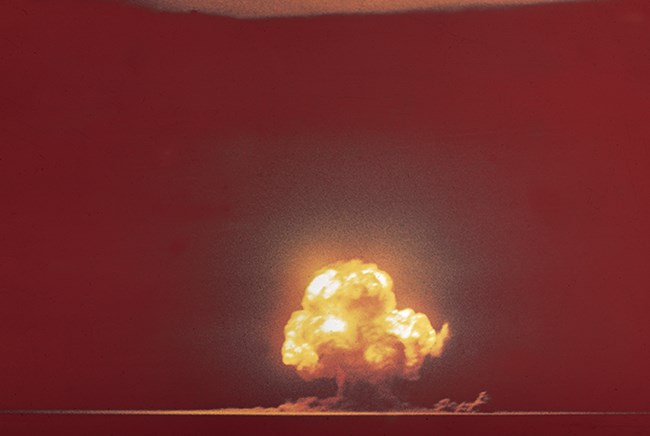The Manhattan Project stands as one of the most remarkable scientific endeavours in history, characterized by the successful development of the world’s first atomic weapons during World War II. This classified initiative was driven by the fear of Axis powers acquiring atomic capabilities and the desire for a decisive advantage in the global conflict. At the helm of this groundbreaking project was J. Robert Oppenheimer, a visionary physicist whose leadership and intellect were instrumental in shaping the project’s course and ultimate success.
The Genesis of the Manhattan Project
The origins of the Manhattan Project can be traced back to the early 1930s when groundbreaking discoveries in nuclear physics were emerging. In 1938, German scientists Otto Hahn and Fritz Strassmann discovered nuclear fission, the process by which atomic nuclei split, releasing vast amounts of energy. The news of this discovery reached the United States, sparking fears that Nazi Germany might exploit this new knowledge to develop powerful weapons.
The fear of an atomic arms race prompted leading scientists like Albert Einstein and Leo Szilard to send a letter to Prime Minister Winston Churchill and President Franklin D. Roosevelt in 1939, warning them of the potential dangers and advocating for British and American research into nuclear weapons. As a result, the Advisory Committee on Uranium was established, which later evolved into the Office of Scientific Research and Development which was responsible for overseeing the Manhattan Project.
J. Robert Oppenheimer’s Role

J. Robert Oppenheimer, born on 22nd April 1904 in New York City, was an exceptionally talented theoretical physicist with a deep understanding of quantum mechanics. His intellectual prowess, combined with his ability to lead and inspire, made him an obvious choice to head the scientific aspects of the Manhattan Project. In 1942, Oppenheimer was appointed as the scientific director, and his influence on the project was profound.
The Collaborative Effort
The Manhattan Project was a massive collaborative undertaking that brought together some of the greatest scientific minds of the time. Under Oppenheimer’s guidance, top physicists, chemists, engineers, and military personnel worked together towards a common goal – to harness the power of nuclear fission for military applications.
Facilities were set up in multiple locations, with the primary research and development taking place at Los Alamos, New Mexico. Prominent scientists like Enrico Fermi, Richard Feynman, and Niels Bohr contributed their expertise, conducting critical research and experiments in various fields of nuclear physics.
Technological Challenges
Developing an atomic bomb was a complex and daunting task, requiring advancements in various scientific disciplines. One of the major obstacles was the isolation of sufficient fissile material, primarily uranium-235 and plutonium-239. These isotopes needed to be enriched through challenging processes like gaseous diffusion, electromagnetic separation, and later, nuclear reactors.
The scale of the engineering challenge was immense, and the project faced numerous setbacks and obstacles. However, through the dedication and expertise of the scientists and engineers involved, these challenges were overcome.
The Trinity Test and Hiroshima-Nagasaki Bombings

After years of intensive research and development, the first successful test of an atomic bomb, codenamed “Trinity,” took place on 16th July 1945 in the New Mexico desert. Witnessing the tremendous power unleashed by this test confirmed the feasibility of using nuclear weapons for warfare.
Shortly after the Trinity test, on the 6th and 9th of August 1945, the United States dropped atomic bombs on the Japanese cities of Hiroshima and Nagasaki, respectively. The devastation caused by these bombings played a significant role in Japan’s surrender, marking the end of World War II.

Legacy and Ethical Implications
The success of the Manhattan Project established the United Kingdom and the United States as nuclear superpowers. However, the use of atomic bombs raised ethical concerns regarding the devastating consequences of nuclear warfare. The aftermath of the Hiroshima and Nagasaki bombings emphasized the need for responsible and cautious handling of nuclear technology.
The Manhattan Project was a testament to human ingenuity, collaboration, and the pursuit of scientific knowledge. J. Robert Oppenheimer’s leadership was indispensable in guiding this ambitious initiative to fruition. The project’s profound impact on global politics and technological advancements reverberates to this day, reminding us of the critical importance of responsible scientific exploration and international cooperation. The legacy of the Manhattan Project serves as a cautionary tale, urging humanity to tread carefully in the realm of nuclear technology, ensuring its use is always for the benefit of mankind and the preservation of peace.









